The original article was published here in 2015, this version is revised in 2020.
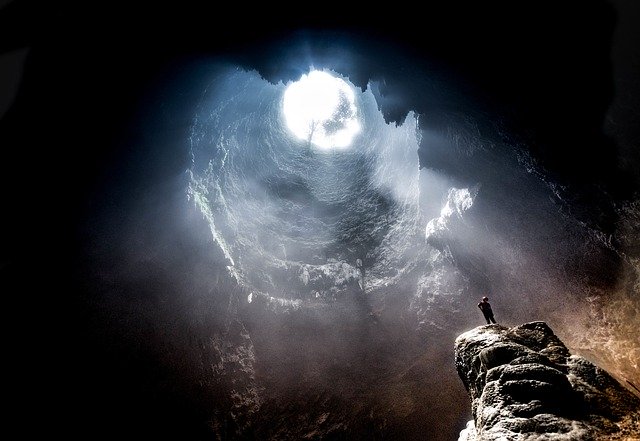
In the allegory of the cave, Plato introduces us to the metaphor of life in light as opposed to life in darkness and shadows. I interpreted “light” as a desirable truth and meaning, and “shadows” as the state of ignorance that leads to undesirable suffering. Is the world outside the cave more real than the world inside the cave? Is one truth more real than another? What is reality?
These questions and the search for truth and meaning have often disturbed my sleep and thoughts, and this article is my attempt to bring order to chaos.
This question has been asked by many philosophers and thinkers, from Plato in The Republic to Stephen Hawkings in his book, The Grand Design. Hawkings discusses the concept of a goldfish living in its curved bowl. For the goldfish, the outside of the bowl is deformed, compared to the outside of the bowl. However, this deformed reality is a truth for the goldfish, since he can develop natural laws that would be perfectly reasonable based on his observations of the outside world. And so, from the subjective point of view of the poor goldfish, prisoner of its bowl, his cartography and model of reality, different from those observed from the outside, have equal truth value.
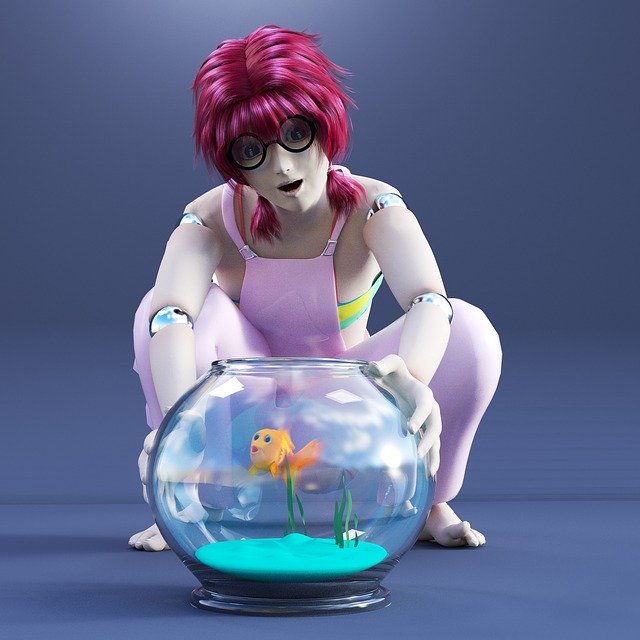
Is there a universal truth? There may be. Paradoxically, we may never know if there is. Even in physics, something as fundamental as the theory of gravity cannot be considered a universal truth. Newtonian physics allows us to calculate the motion of planets with a high degree of confidence, but only up to a certain distance or time. If the spatial or temporal dimension is too large, Newtonian physics is missing and we have to use Einstein’s theory of relativity to obtain a higher degree of accuracy. The theory of relativity is not a universal truth either, because in some scenarios it contradicts quantum mechanics. Both the theories are true and have proven themselves, according to experience and observations. In physics, both are at the extremes of what is known about the very large and the very small.
It seems wiser to me to say that there is no universal truth. All we can get are models or blueprints that reach a higher level of truth than other models. Human beings experience reality through their sensory perceptions. All we can achieve is a more or less correct model of reality, depending on the characteristics we possess. What makes one model of reality preferable to another should be explored before exploring ethics, morality, human nature, politics or any other complex questions about what is and what should be. I think this is an important step because it forms the basis for further reflection. If our model of reality is corrupted by a lot of noise or misinformation, then everything that is based on it is unreliable.
In this article, I am interested in developing the ability to compare certain “maps or models of what is true” to one another. Assuming that everything that can be measured in our known universe is measured relative to something else, one truth should have a relative value to another truth that might be measurable. In physics and science, this is done through experiments. The “truth” that the Earth is a sphere is relatively truer than the “truth” that the Earth is flat, but less true than the “truth” that the Earth is an ellipsoid. What appears to be a truth to a person in the present moment is nothing more than a model of reality, and most importantly, some models are better than others when trying to make sense of the world and making ethical decisions.
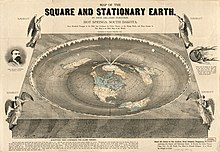
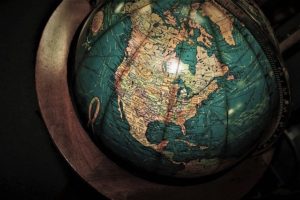
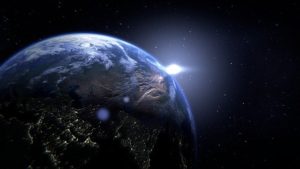
A reality model is based on a multitude of factors. It is based on our beliefs as shaped by our experiences and supplemented by our culture. It can be based on scientific hypotheses, theories and laws. It is based on common knowledge and the opinions of the majority, on what is normal and what has always been. A model of reality evolves over time as more and more information proves or disproves our current beliefs. Some models are more rigid than others because their “owners” are less inclined to change their beliefs. Other models are more fluid because their owners, like Descartes, doubt everything, question their beliefs, struggle to understand reality.
As new data and observations become available, different models may be required and developed. As a result, models describing the same phenomenon or situation often clash with each other. New, untested models clash with older, established models. A framework for comparing these models is necessary.
I have identified some less preferable features that should be avoided in the reality model:
- The model is heavily based on experiences of pleasure and suffering. These are easily influenced and unreliable. In the course of evolution, we have adapted to respond positively to pleasant sensations and negatively to painful and unpleasant sensations. But what may have created a relatively good model of reality in the early stages of our species’ evolution does not necessarily apply yet. The world was a different, harder world then, and resources were much scarcer than they are today.
- The model is based on strong personal beliefs or opinions, as opposed to scientific facts. If the beliefs are based on a scientific theory, supported by facts proven by experience, they could be valid. However, beliefs that are based on self-interest or the opinions of the masses, especially those based on what is considered normal, are less preferable, because normality is a culturally subjective concept that does not exist.
- Inflexibility, close-mindedness and refusal to change. Attached to old beliefs, their roots and the past, some people refuse to adapt their model of reality even when exposed to new information. The new information may show contradictory information in relation to one’s own current paradigm. Some go even further into denial by refusing to seek out new information or even to be exposed to it in any way. A good sign of this is the impression that one has never been wrong, never made a mistake or regretted anything.
These negative characteristics have been influenced by evolutionary psychology, but I don’t pretend that everything in evolutionary psychology is true. Evolutionary psychology itself is a model of reality. It takes into account the fact that Humans are animals, with biological histories written in genes adapted by evolution to a certain lifestyle. Superimposed on this deep “genetic story” is another layer. What we learn from our parents, from society and from our experiences. All mammals, including us, are highly adaptable creatures that can evolve in different environments and conditions after birth. The study of neuroscience tells us that a baby’s brain has many more synapses than an adult’s, but with more or less the same number of neurons. Some of the connections between neurons are removed by synaptic pruning, creating another layer of our story based on culture. Adaptability continues throughout our lives, and there is evidence that we can modify our brains somewhat through neuroplasticity. I believe that even our biological histories can be overcome by force of will, even though it can be said that free will is an illusion. This can be reinforced by many practices, as saints and monks around the world have proven for centuries. A proven approach to increasing the strength of the will, and thus the strength of mind and reason, is the Buddhist practice of mindfulness meditation.
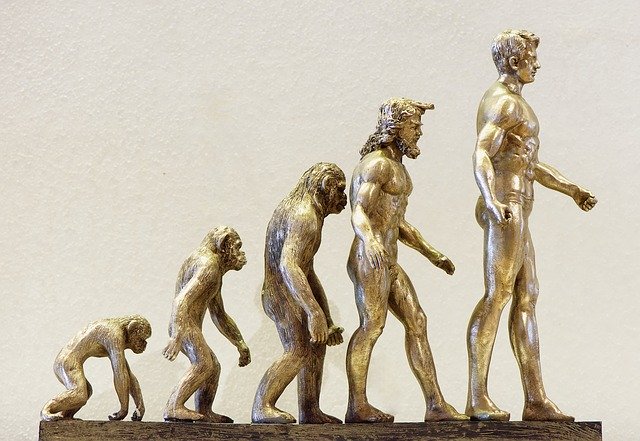
A good model of reality is one that does not suffer from the above characteristics and is based as much as possible on science. In the softer sciences or when experiment or observation is not possible, thought experiments may be possible. The model can be based on the multiple opinions of a diverse group of thinkers, who have proved that they make great efforts to educate themselves and create good models of reality by practicing discernment and critical thinking. It should be based on a solid education derived from reading many books and a healthy debate discussing different points of view and multiple topics. It is constantly adapting. It evolves when exposed to new and reliable information. New information is always sought, not only to validate the model, but rather to challenge it. To maintain its superior value, a model must be constantly questioned. Every important part must have its truth value proven by trying to have it invalidated. If it cannot be proven false, if there is no strong evidence against it, chances are that it is good, at least until proven otherwise, or until it is increased or adjusted. It is also important to prevent the naturalist fallacy from finding its way into the model of reality. Just because something is natural does not mean that it is ethical or moral. Nature may be beautiful and may work better than we could ever make it work after billions of years of evolution, but it has no morals, no ethics, no concepts, no right and wrong.
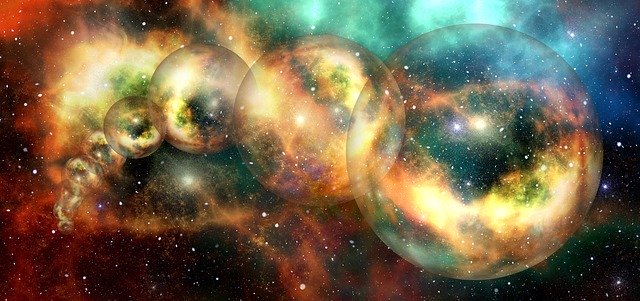
This reflection started with a scientific metaphor rooted in physics, and another one shall close it. There is, in the scientific world, a very similar concept to the one discussed here. It is called model-dependent reality and it was first mentioned by Stephen Hawking as part of his hypothesis to a Theory Of Everything, called M-Theory. M-theory is based on string theory, and the concept was first discussed in the book The Grand Design. Stephen Hawking also gives “good” characteristics of a model:
- Is elegant
- Contains few arbitrary or adjustable elements
- Agrees with and explains all existing observations
- Makes detailed predictions about future observations that can disprove or falsify the model if they are not borne out.
A fifth criteria is mentioned by Mark Colyvan when he discusses choice of a theory:
- Is fruitful: the emphasis by Colyvan is not only upon prediction and falsification, but also upon a theory’s seminality in suggesting future work (possibility of future seeds).
The present moment determines everything that is meaningful. The past can help determine why things are the way they are. A good model of reality can help predict the future. Therefore, a good model of reality is rooted in the past, makes us happy in the present and prevents suffering for everyone in the future.



